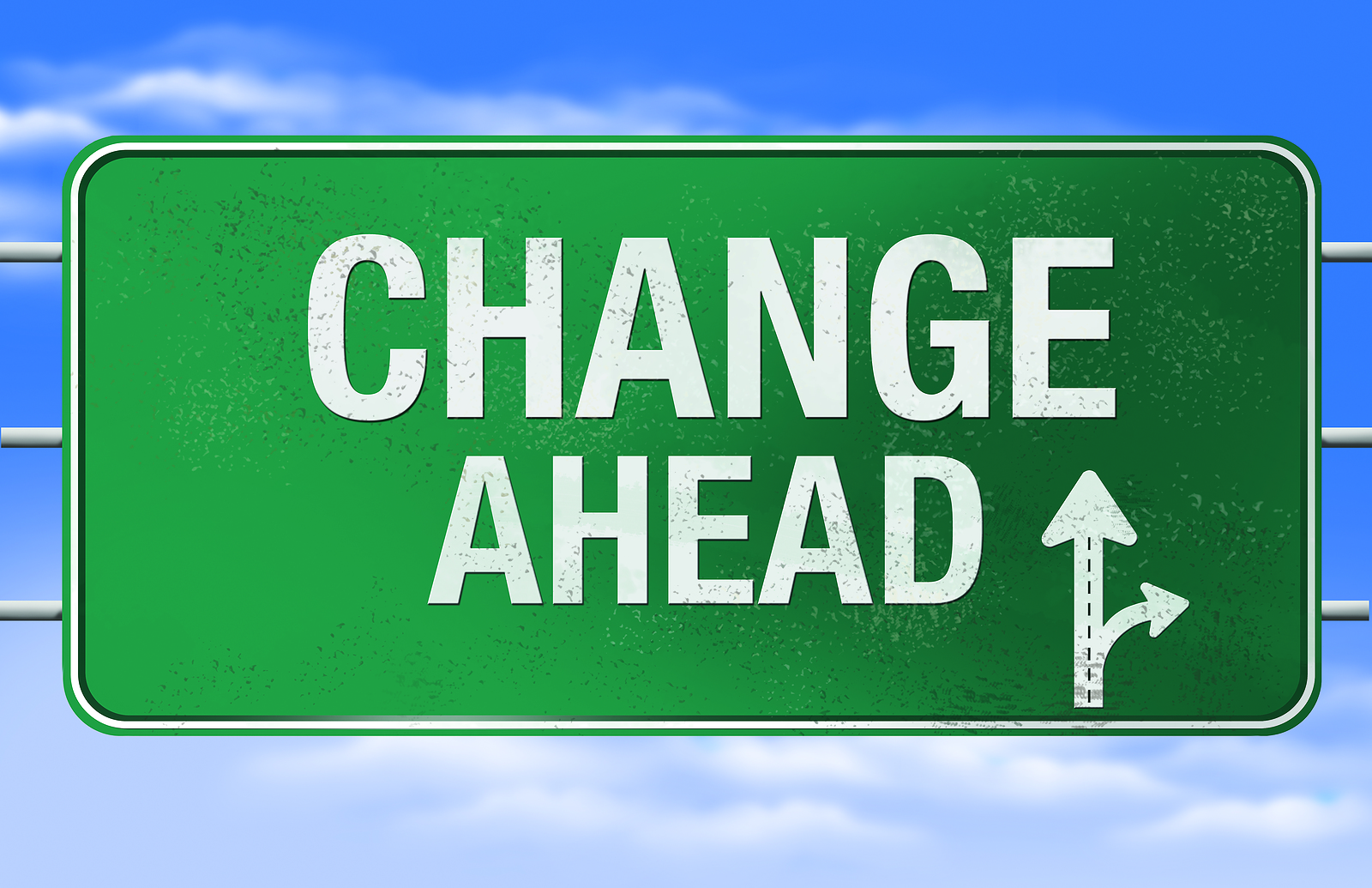CHANGE: When it comes to change, we decide whether or not it hurts or helps us.
By Amy Wang, Opinions Editor
Society is that self-righteous soccer mom who spends her day gossiping with other parents, talking about how the media is too vulgar and her daughter’s clothes are too revealing these days. Convinced she knows best, she starts a club protesting today’s tastelessness and demands the return of the “good old days” of domestication and obedience, if such days ever existed. On the other side of the coin, society is also said mom’s rebellious teenage daughter who would much rather wear leather skirts and attend social equality rallies downtown instead of staying home and helping her mom cook dinner. She thinks her mom needs to “get with the times” and stop living in the past.
Allow me to explain before I lose you entirely and you press that back button to return to the comfort of your Facebook page. History has shown us two sides of the same story in which society has acted as both the catalyst and the resistant to change. From the Constitution – to ratify or not to ratify? – to black civil rights– to segregate or not to segregate? – society has been on different sides of the spectrum, fighting itself on whether or not to make the next move.
Today proves no different from our past. From sexuality to race, society is split on what is “right” and what is “wrong,” whatever that means. With people clueless as to where to move, it is a matter of gradual influence and exposure that leads us to change.
Just this month, Nina Davuluri was announced as Miss America 2014. Online backlash hit the morning after as angry Americans – I like to think of them as the self-righteous mom – took to Twitter and other social mediums to express their outrage and scorn at a “non-American” winning Miss America. As if they were more American than Davuluri because they had fairer skin and more tattoos on their bodies.
But what Davuluri and the Miss America pageant have done is prove that there is more than one look and meaning to being American. That Chilean kid with an accent and broken English is just as American as the blonde, bubblegum-chewing cheerleader; they were both born here under the same flag. Even if you don’t like it, you can’t just call one American and the other not. You can’t call America a land of diversity when the only diversity we accept is the diversity we like.
The media exposes us not only to our diversity in races, but also in sexuality. With the help of popular TV shows such as Glee normalizing homosexual couples, the public’s views on homosexuality have improved. Just earlier this year, a Washington Post-ABC News poll showed that gay marriage support has reached an all-time high in America, with 58% of Americans believing that gay marriage should be legalized. The numbers are especially high amongst young adults, ages 18 to 29, who the media targets and is most influential among.
Despite this, gay marriage is legalized in only 13 of our 50 states. We still hear the age-old argument that homosexuality is wrong and unnatural, even though our exposure to gay on-screen couples enduring bullying and embarrassment for love tell us otherwise.
If we have the first African-American president, why is the idea of the first Indian Miss America so ludicrous to some? If we watch gay couples be together on the TV screen, why are we so offended at the idea of letting them marry off-screen?
With media and other sources showing us a world outside of our narrow scope, we start to change the way we perceive things we once thought absurd. Still, these baby steps can only take us so far. It’s going to take more than a couple of TV shows to get things to actually change.
That’s where the self-righteous mom and the rebellious teenage daughter step in again. Both exposed to the same media, they have their different opinions on what today needs. But they can’t let that stop change from happening. Any change of social norms is going to be an awkward one, full of reluctance and complaints from both parties – but it’s going to happen. We can either help it or hurt it; we choose the change.

